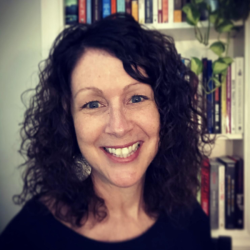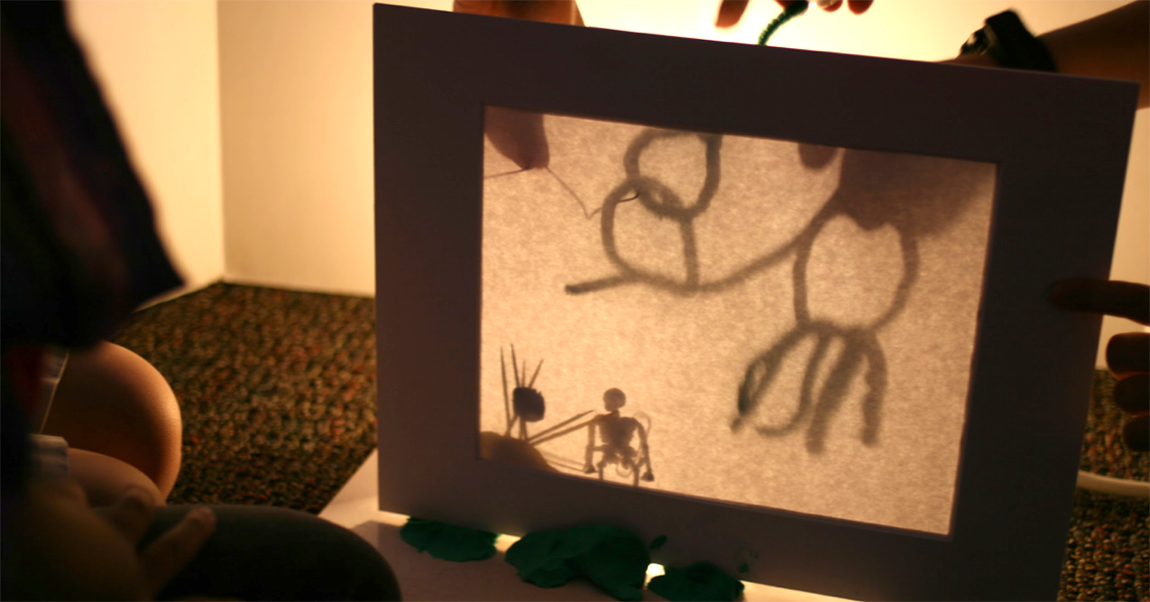
When I am asked about my favorite PBL project, the Trickster Tale Project I did with my third graders when I was teaching in California always comes to mind.
The heart of the project was a study of folktales from around the world. I was looking to do more than just a literature study, so I asked my favorite PBL thought partner, Jim, to help me brainstorm a project that integrated other curriculum and would allow for inquiry throughout. What we came up with was pretty awesome.
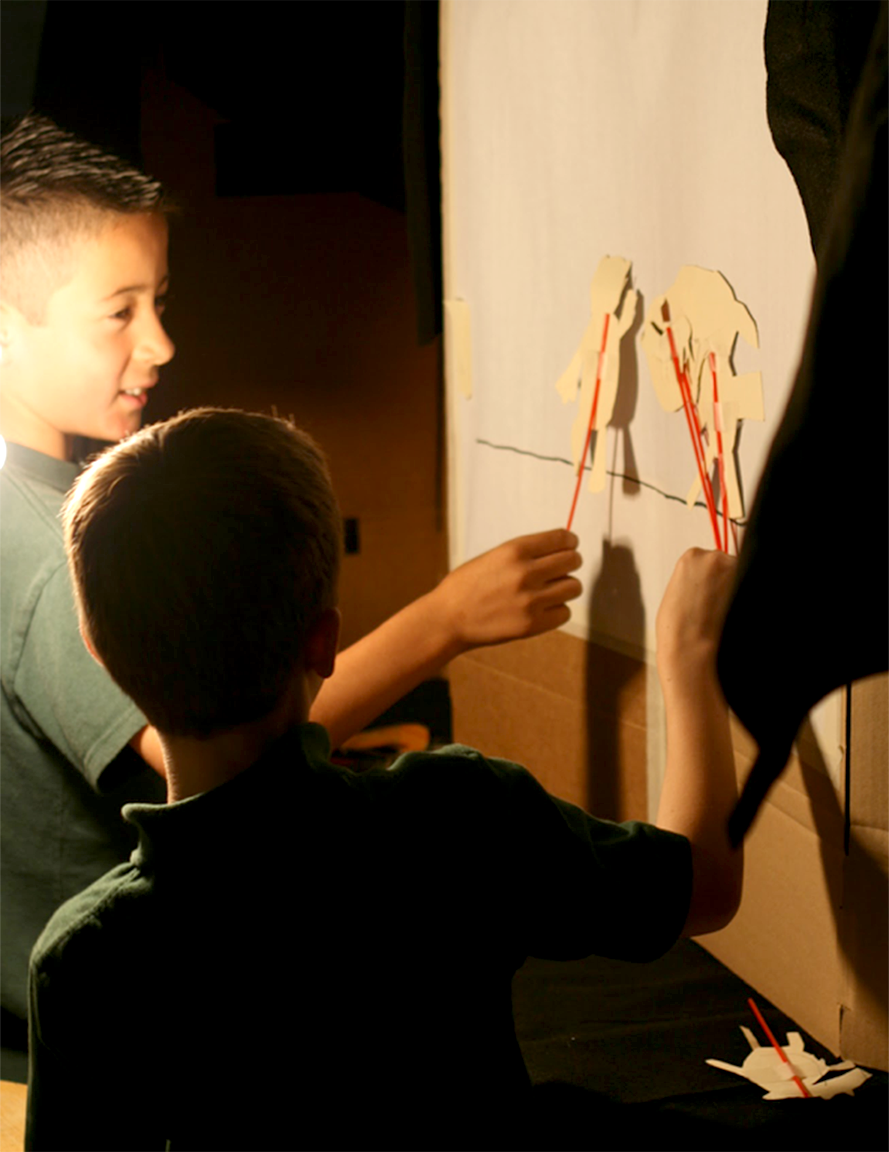 Folklore studies are common in second and third grade as teachers address RL.2.2 and RL.3.2. Both standards require students to recount fables and folktales, determining the central message, lesson or moral. For this project, Jim suggested we focus on Trickster Tales because children are always so engaged by these stories. They involve a character who makes up for a weakness in a cunning or humorous way. We generated a list of books from cultures around the world, and I wrote a Donors Choose project to help us acquire them for our classroom library.
Folklore studies are common in second and third grade as teachers address RL.2.2 and RL.3.2. Both standards require students to recount fables and folktales, determining the central message, lesson or moral. For this project, Jim suggested we focus on Trickster Tales because children are always so engaged by these stories. They involve a character who makes up for a weakness in a cunning or humorous way. We generated a list of books from cultures around the world, and I wrote a Donors Choose project to help us acquire them for our classroom library.
We began the project by reading lots of books. Rather than telling them what elements are common in these tales, we discovered them together, beginning our path of inquiry. After reading a few, I asked the students what they noticed and what the tales had in common. Based on their ideas, we created a chart with the following headings to help us keep track.

We continued reading and adding books to the chart, all the while developing expertise in the genre.
For the next phase, we tackled SL.3.4 which calls for students to tell a story “with appropriate facts and relevant, descriptive details, speaking clearly at an understandable pace.”
Students began to pair up and choose the tale they wanted to share. As a class, we made a commitment to choose stories that would represent cultures from as many continents as possible. This was a great opportunity to check the map and locate the countries that corresponded to the stories they were most interested in.
Jim happens to be a master storyteller, so he came in to share his craft with the class. He taught the children how to block the story, emphasizing that they shouldn’t memorize it, but rather, become so familiar with it that they can tell it in their own way. Teams made note cards with key phrases that would help them remember the story. They worked hard to learn them, practicing over and over again.
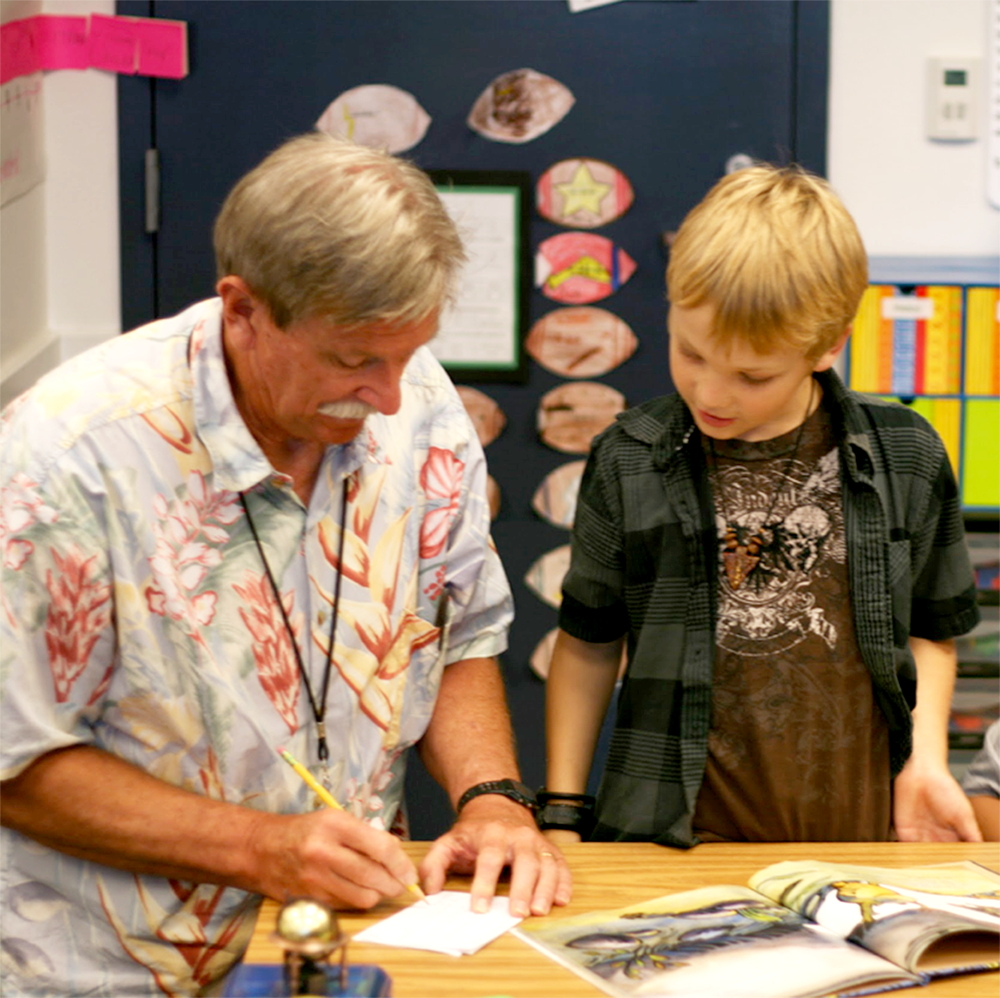
While this was happening within our ELA block, we began a light and shadows inquiry unit in science.
Our local science museum lent us a kit that helped us explore all kinds of different shadow makers, reflectors and light sources. Students observed the differences in shadows and made some generalizations about how light can be used to create various types of shadows. Questions led to more questions. They loved sharing new discoveries with each other and trying out new and different techniques.
At this point, we invited a puppeteer to visit our classroom. She brought Indonesian shadow puppets, performed a brief show for them, and talked about her work as a performer. Her presentation added to their understanding of light and shadows, helping them to see how the science we had been exploring is connected to art. We learned that traditional performances are based on literature and often involved thought-provoking storylines while engaging audiences with humor and drama. It didn’t take long for the students to ask, “Can we do a shadow puppet show for our stories?” It’s almost like we had planned it that way.
The puppeteer showed the children how to create hinged puppets in shapes that worked well as shadow makers. This required a bit more experimentation over the next few days. They worked to get the shapes just right so that the animals and other characters were easily identifiable in shadow form. Some students stuck with the hinged puppets and others abandoned them, in favor of more simple designs.
The children soon realized that manipulating puppets and making lighting adjustments throughout the performance made it difficult to concentrate on telling the story. We decided that it would be helpful to record the stories instead. Jim came to the rescue again, offering to create a small studio and recording all the stories for us. This allowed us to include SL.3.5 which calls for creating engaging audio recordings of stories. It also gave the children a chance to hear themselves and make adjustments where they wanted to add in a little more drama, suspense or humor. Jim even helped them select music for the intro and outro of the story, giving it a very professional feel.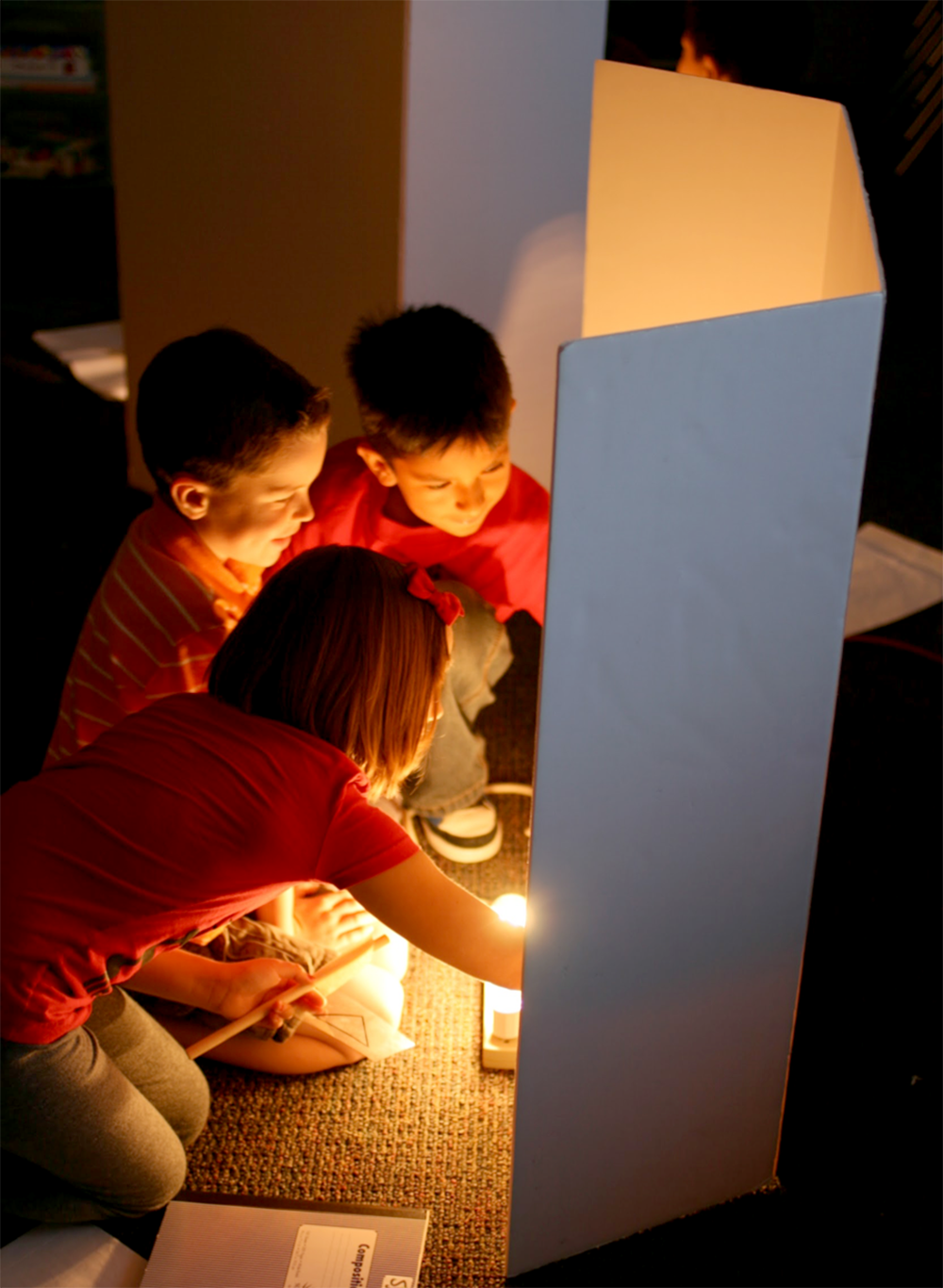
Finally, it was time to create a more permanent screen for the big show and practice, practice, practice.
Once the children were ready, we invited our Kindergarten reading buddies to come watch a special performance. As one group performed, the others paid attention to the reactions of the audience and offered suggestions for improvement.
Our main event was an evening performance for families at our school’s Education Expo. The children kicked things off by telling the story of the project, including the successes and challenges they encountered along the way. Each duo shared their stories in turn, and they all took a collective bow at the end. After the show, they had the opportunity to walk their families and other guests along the project wall, talking to them about the photos and other artifacts from the project as they basked in the glory of a job well done. Like I said, it was pretty awesome.
How can you turn your next literature study into an awesome PBL project?
Contact the National Storytelling Network to find a storyteller in your area. Do an internet search for “arts council” to get connected with an artist in your area, like the puppeteer we worked with. Check with your local museums to see what resources are available to teachers.

